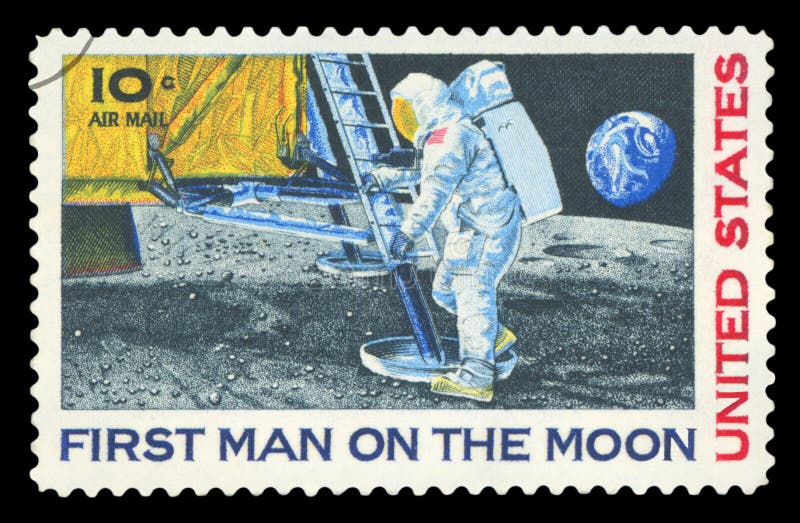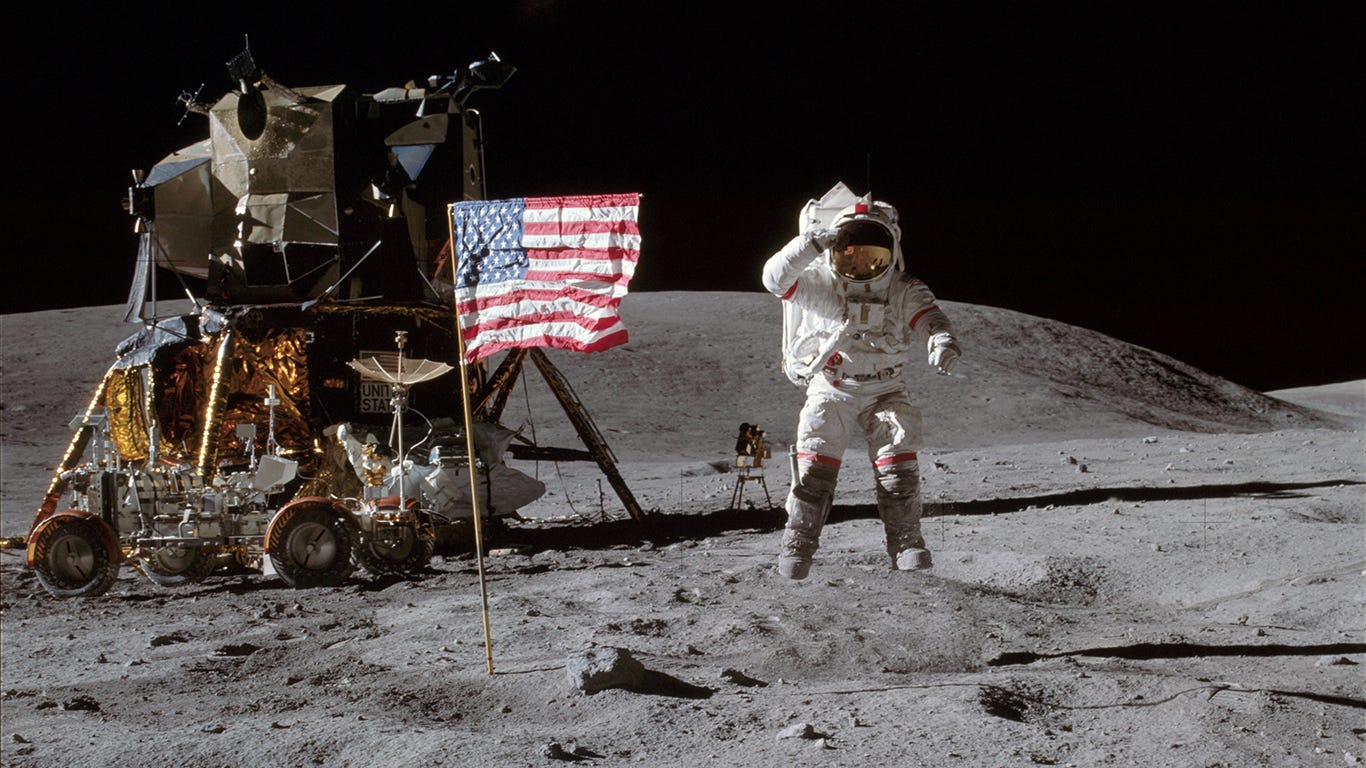
/851512-resize-56a48d825f9b58b7d0d7828a.jpg)

Together these observations led to a model for the formation of the Earth-moon system via a giant impact, where a Mars-sized object hit the growing Earth, ejecting material to eventually form the moon.

the samples have powered 50 years of science and continue to be worked on today. The Apollo missions were a turning point for planetary science. And nowhere have the Apollo missions cast a longer shadow than in the earth sciences. Harrison's experience on the Apollo program is a point of pride in the earth science community – the true skill required for a scientist on the ground in an alien environment isn't astronomy. As the only other earth scientist, the organisers sat me next to Harrison - a terrible idea for the rest of the table, as we proceeded to talk about rocks for the next three hours. Dr Schmitt was giving a public lecture at Sydney University, and as a geoscience grad student studying planets, I scored an invite. In 2002 I was lucky enough to have dinner with an Apollo-17 astronaut, Harrison 'Jack' Schmitt – the only scientist ever to walk on the moon, and a geologist. Rocky route: Apollo 11 carried the first geologic samples from the Moon back to Earth, including 50 rocks. The Apollo mission transformed our understanding of our own planet. The event lives on through what is repeated and circulated in popular culture – not only as the measure of achievement but as the postmodern reminder of spectacular possibilities.ĭr Anthony Lambert is a Senior Lecturer in the Department of Media, Music, Communication and Cultural Studies at Macquarie University.

In recent film and television from Big Bang Theory to First Man, the moon landing continues to powerfully inform representations of humanity, space, the world and the universe. The large-scale media coverage of the original achievement managed the world’s attention through distraction from the Vietnam War, and the culmination of the ‘space race’, which offered a celebratory account of American/Western human and technological development.
#1969 NEIL ARMSTRONG FIRST MAN ON THE MOON TV#
Whilst numerous other popular documentaries and feature films have been made, including the dramatic First Man (2018) and the Australian comedy The Dish (2000), the cultural impact of the event also lies in its easy incorporation into the stories and images of popular programs and film franchises: TV shows such as Futurama, Dr Who, and Timeless, as well as the Men in Black and Transformers films have all used aspects of the moon landing story as part of larger stories about science, fantasy, good and evil. The landing of Apollo 11 on the surface of the moon on 20 Jwas, quite simply, the biggest thing that had ever happened. The 2019 documentary enlivens the ‘real footage’ by reproducing the actual moon landing in high-resolution digital scans that are fully immersive. In the CNN documentary Apollo 11 (2019), unseen footage reveals the visual motifs, cues and tropes that have informed films and stories over the past half-century, including the 12-part HBO mini-series From the Earth to the Moon (1998), and the 1996 Apollo 11 docudrama, which followed from the Apollo 13 film made in 1995, starring Tom Hanks. The moon landing has offered a visual architecture of the modern spectacle. For scholars of visual media and cultural studies, interest is in how the spectacle of the moon landing works, with respect to America and the global mediascape in the late 1960s, and the ongoing effects of the spectacle on culture and representation in our contemporary lives. The landing of Apollo 11 on the surface of the moon on 20 July 1969 was, quite simply, the biggest thing that had ever happened. Leonard exclaims “Don't you see what we've done? It's the only definitive proof that there are man-made objects on the moon placed there by a species that only 60 years before had just invented the airplane.” They have connected with something spectacular. In the sitcom Big Bang Theory, the science geeks direct a laser onto a retro-reflector left by Neil Armstrong on the surface of the moon. Spectacles are large events that demand universal focus, and they have the power to fixate and transform cultures. Mankind's giant leap: Neil Armstrong became the first human to walk on the Moon on 20 July 1969. The cultural impact of the moon landing is all around us, forever a reminder of spectacular possibilities.


 0 kommentar(er)
0 kommentar(er)
